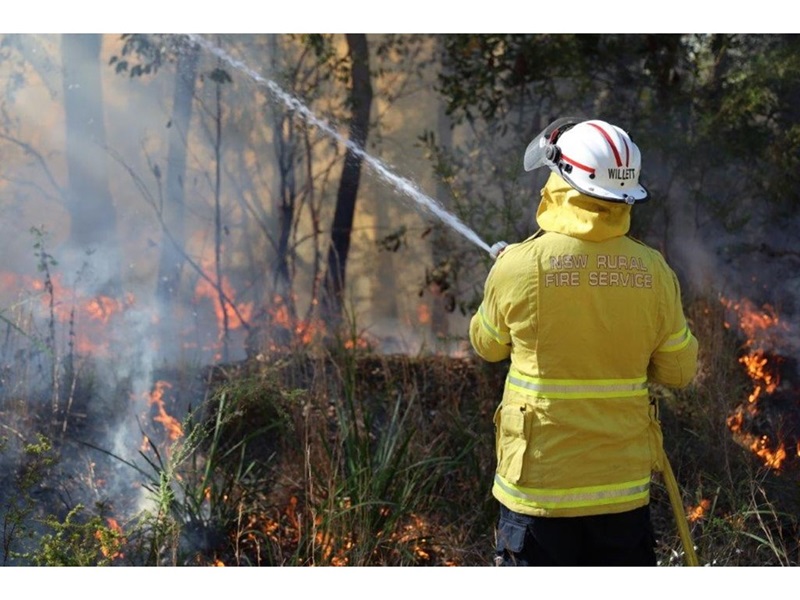Latest News
Fire Season Update, January 2024
Friday, 19th January 2024

Long-range BOM forecast overview from the 18th January
February to April rainfall is likely to be below median for most of northern and western and some scattered parts of southern Australia.
February to April maximum temperatures are at least 4 times more likely than normal to be unusually high for the far north of Australia, with minimum temperatures 4 times more likely north of the tropic of Capricorn.
The long-range forecast is influenced by several factors, including record warm oceans globally and El Niño.
Learn more here: http://www.bom.gov.au/climate/outlooks/#/overview/summary
AFAC’s Seasonal Outlook - November 2023
Australia has experienced record-breaking dry conditions and warmer than average temperatures during early spring, with hot and dry conditions expected to persist into the new year for many locations.
Abundant vegetation growth supported by previous La Niña rainfall will continue to dry throughout summer, increasing the flammability of fuel loads. This includes some areas burnt during 2019-20 season. These factors are driving increased risk of fire for large areas of Queensland, NSW, and NT, as well as locations in Tasmania, Victoria, SA and WA. This summer, all communities across Australia are urged to prepare for bushfire and monitor local conditions.
Large areas of eastern, central and northern NSW are expected to see increased risk of fire in summer 2024.
Areas burnt in Black Summer are once again able to carry fast running fires and significant grass fuels remain in central NSW.
Even though the rainfall outlook is uncertain:
Learn more here: AFAC Seasonal Outlook Summer 2023 - https://www.afac.com.au/docs/default-source/bushfire-seasonal-outlook/summer-2023/afac-seasonal-bushfire-outlook_summer_2023.pdf
Note: Recent heavy rain in Eastern Australia, and historical data, show that high-impact rainfall events can occur during El Niño years, particularly during October to April when severe storm frequency peaks. The typical drying influence of El Niño on Australia's climate usually reduces during summer, especially in the east, and warmer sea temperatures in the Tasman Sea this year may be contributing to the chance of above median summer rainfall, easing fire danger in the short term over some areas.